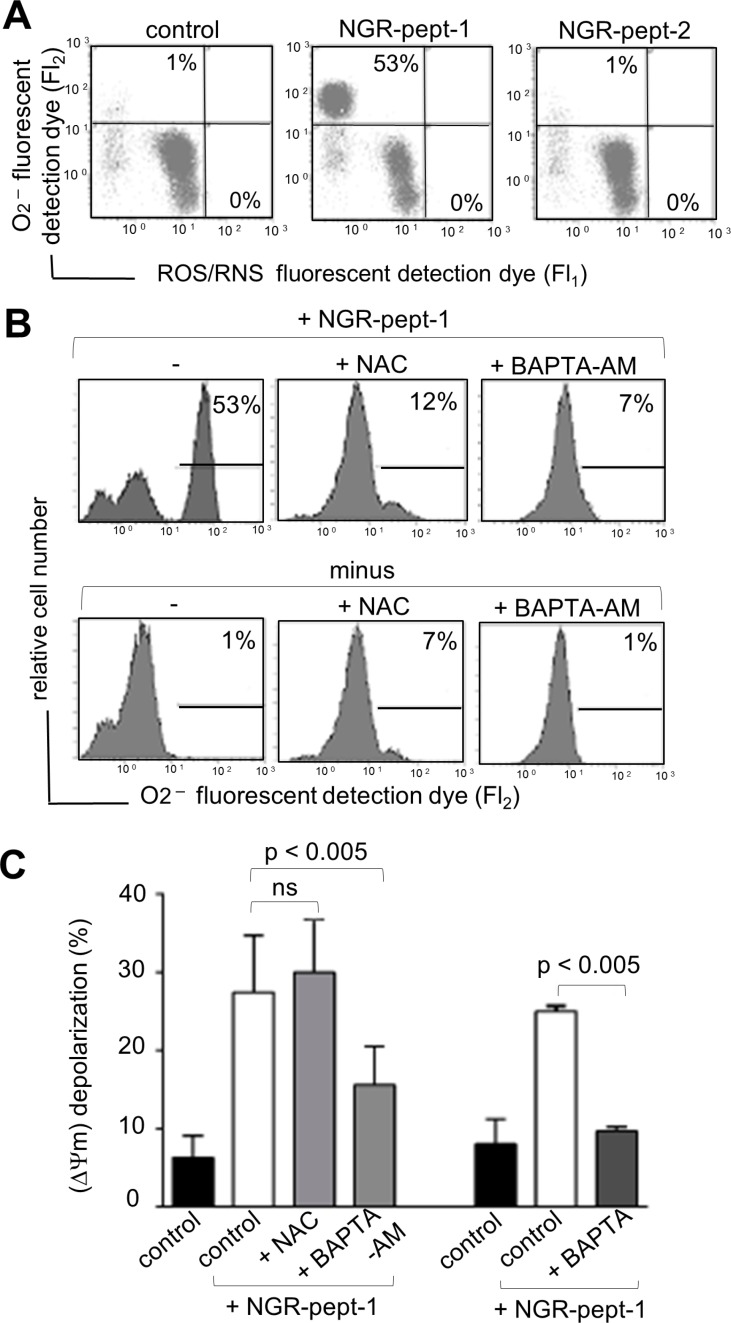Figure 8. Effects of BAPTAs and NAC on ROS/RNS production and ΔΨm depolarization in NGR-peptide-1-treated U937 cells.
U937 cells were incubated in the absence or presence of 50 μM NGR-peptide-1 for 10 min, after 30 min of pretreatment with BAPTA, BAPTA-AM or NAC (1 mM) or diluted DMSO (control for BAPTA-AM). (A, B) Cells were labelled simultaneously with two dyes which react respectively with superoxide anion (O2−) (generating an FL2 fluorescent product) and other ROS/RNS types (H2O2, ONOO, HO·, NO and ROO·) (generating an FL1 fluorescent product). Production of ROS/RNS and O2− is highlighted in the corresponding box and their percentage is shown in the Figure. One representative experiment is shown. Experiments were repeated at least three times. (A) Effects of NGR-peptides on ROS/RNS and O2− production. (B) Effects of BAPTA-AM and NAC on ROS/RNS and O2− production by NGR-peptide-1 treated cells. (C) Effects of BAPTAs and NAC on ΔΨm depolarization in non-treated and NGR-peptide-1 treated cells. No effect was observed with BAPTAs, NAC, or DMSO (vehicle of BAPTA-AM) alone. Data are mean ± SD of four independent experiments. P < 0.005 compared with NGR-peptide-1-treated cells, based on an ANOVA.

